Hello everyone! We're Creatrip, your group of Korean travel experts.
Korea has the second-highest confirmed cases of COVID-19 in the world. At the beginning of March 2020, the number hit over 5,000, putting the world in fear and panic.
A lot of people were reminded of the effects the MERS outbreak back in 2015 had in Korea, which took 38 lives and hospitalized 186 people, resulting in a fatality rate of 19%. In the last 5 years following the outbreak, what has Korea done to face this epidemic? Has it really put any effort in to make changes and improvements? Let's see.
COVID-19 Situation Report in Korea

Since Incheon Airport put in limited entry regulations on January 21st, the number of cases continued to grow rather slowly. However, starting February 18th, the number hit the most critical numbers outside of China as the 31st confirmed case attended a service at a religious cult, namely Shincheonji.
In terms of regions, Daegu and Gyeongbuk (short for Gyeongsakbuk-do), have 90% of all infections in Korea.
 Daegu 74.8%,Gyeongbuk 14.2%
Daegu 74.8%,Gyeongbuk 14.2%
South Korea has seen a strange shift in societal atmospheres as Shincheonji, the religious cult responsible for close to 60% of all infections in the nation, was brought up. In addition, the topic of President Moon not executing limited entries of Chinese nationals while 62 nations in the world have has sparked controversy. As a result, the petition to impeach President Moon has reached more than 1.45 million votes.
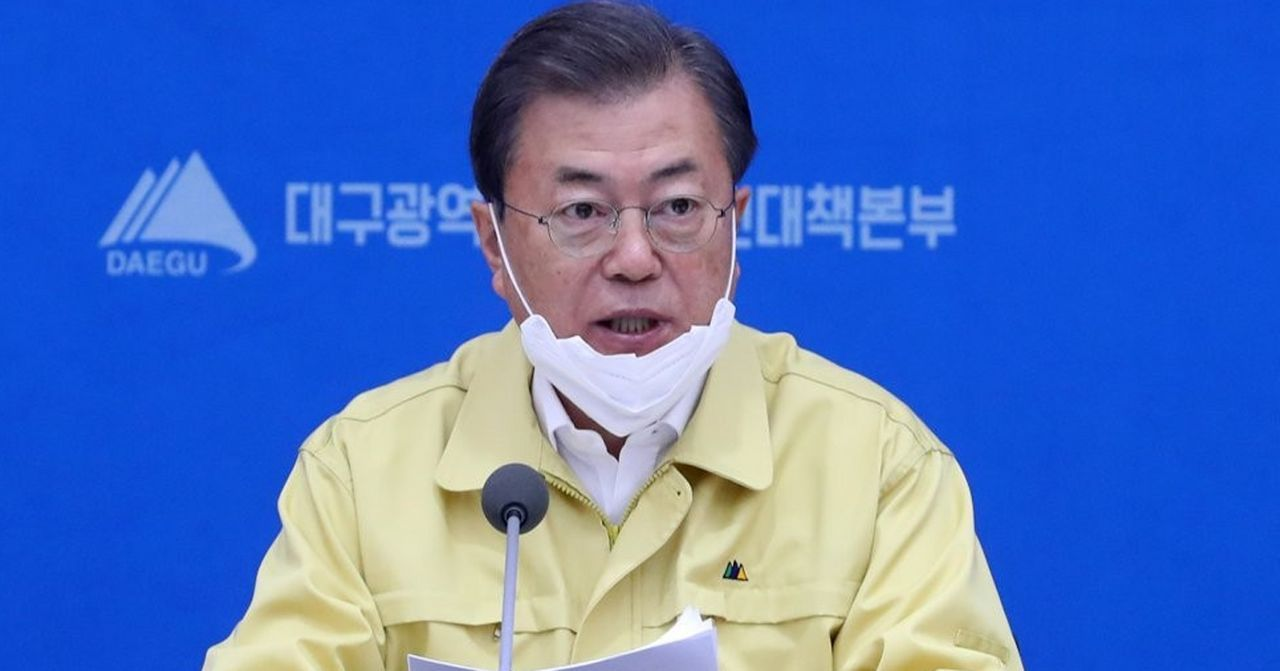 Source: Yonhap News
Source: Yonhap News
COVID-19 Prevention Process in Korea
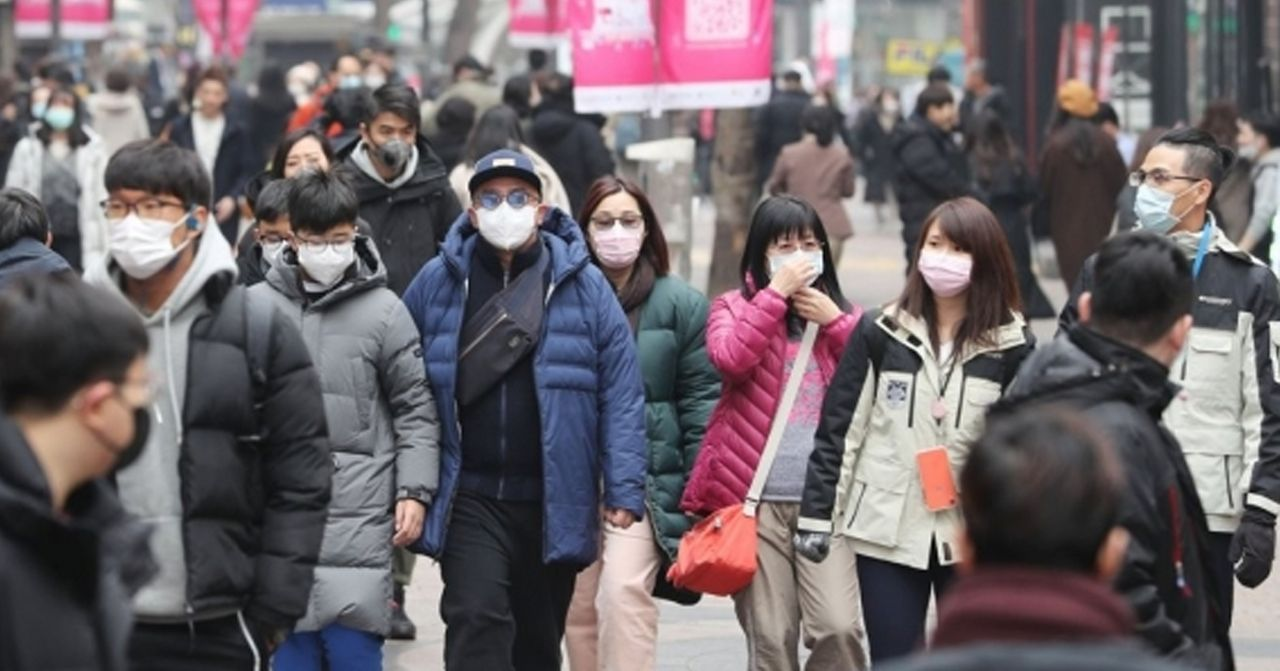
At the start of the epidemic, locals bought a large number of masks, causing shortages and soaring prices (partly due to stockpiling by manufacturers). Not many Koreans were seen with masks on at first, but now most can be seen wearing them in public.
Moreover, when the number of infected cases increased, the government ordered Shincheonji to hand over a full list of their attendees and members to fully investigate infections within the cult. Therefore, all suspected cases in Daegu were tested for COVID-19.

Although the above measures were carried out, many citizens were extremely unhappy with how the government handled the situation. The main 4 reasons are as below:
- Not limiting entries of Chinese nationals.
- Shipping 2 million masks to aid China while Korea is facing shortages.
- New regulations with regards to COVID-19 taking longer than it should to be executed.
- The negligence of the ruling party and failing to stabilize its people's wellbeing.
On February 2nd, Moon's party stated that all foreigners who have been in the province of Hubei in the last 14 days will be prohibited entry and cancel visa-free entries into Jeju Island. However, banning entry of all Chinese nationals was not put on the table.
New regulations are definitely taking longer than necessary as important ones such as banning exports of masks and focus on selling masks were executed only on February 26th. Masks are short in Korea and in places with a huge amount of infections like Daegu, Gyeongbuk and Busan, long lineups for masks can be seen outside. Citizens of Korea don't seem to be forgetting about gifting 2 million masks to China.
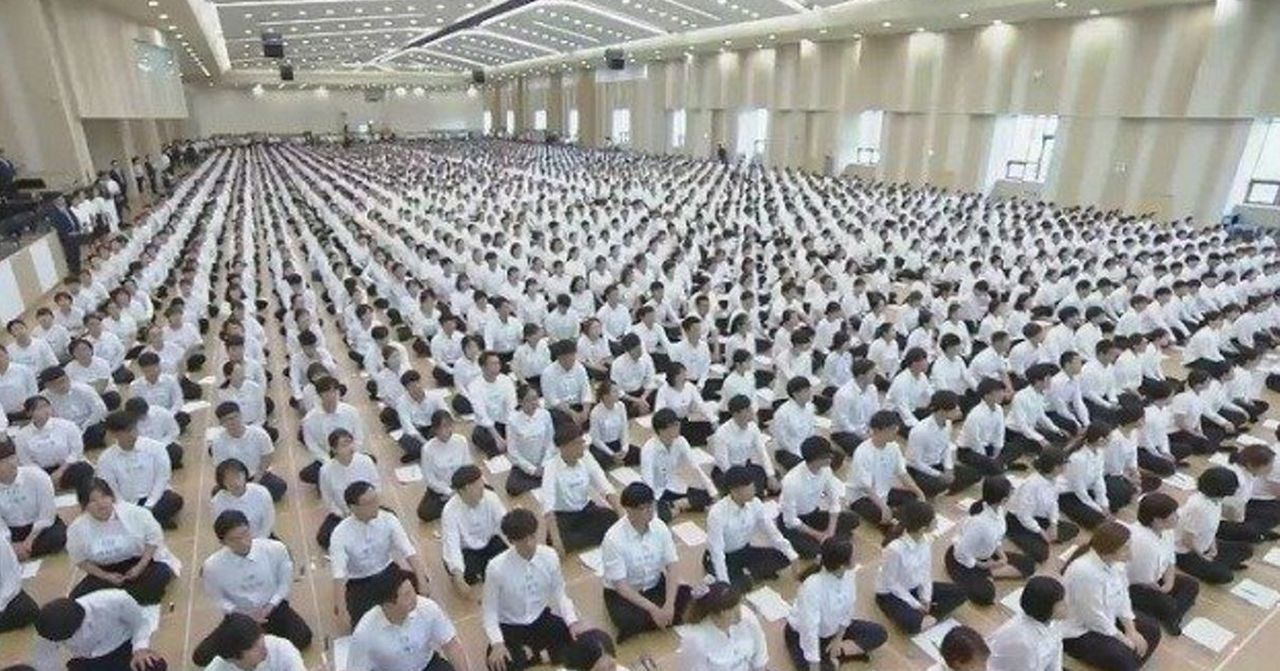 Source: Naver Blog @ 또바기
Source: Naver Blog @ 또바기
Although many Koreans wish for the dissolution of the cult in question, it is not possible under Korea's laws of religion and politics.
Moon's party declared its level of public crisis alert as 'serious,' many celebrities in the entertainment industries donated huge sums of money to help out and medical staff received subsidies while tens of thousands of people were tested for the virus. The above measures did not manage to make up for the lost public sentiment.
Why are there so many confirmed cases?
There are over 6,000 confirmed cases in Korea as of March 6th, second highest next to China and an immense difference to neighbouring Japan. But, it's not necessarily a bad thing. Busan Metropolitan Council released the below poster reading, "Way too many confirmed cases? We're only finding them fast by testing quickly."
 Source: Busan Metropolitan Council
Source: Busan Metropolitan Council
As of March 6th, Korea has tested over 160,000 individuals and confirmed more than 6,000 cases. Neighbouring Japan has tested 1,890 people while the US less than 400. As to speak up for these statistics, the above poster from Busan Metropolitan Council also reads, "Korea is the bravest fighter of COVID-19 without avoiding it."
The healthcare index by Numbeo ranks Korea second after Taiwan.

Korea has been facing the epidemic by measures of quarantines, inspections and reports on a daily basis. The rising numbers have been overwhelming here and the medical system seems to be hanging on a thread.
2015 MERS Comparison
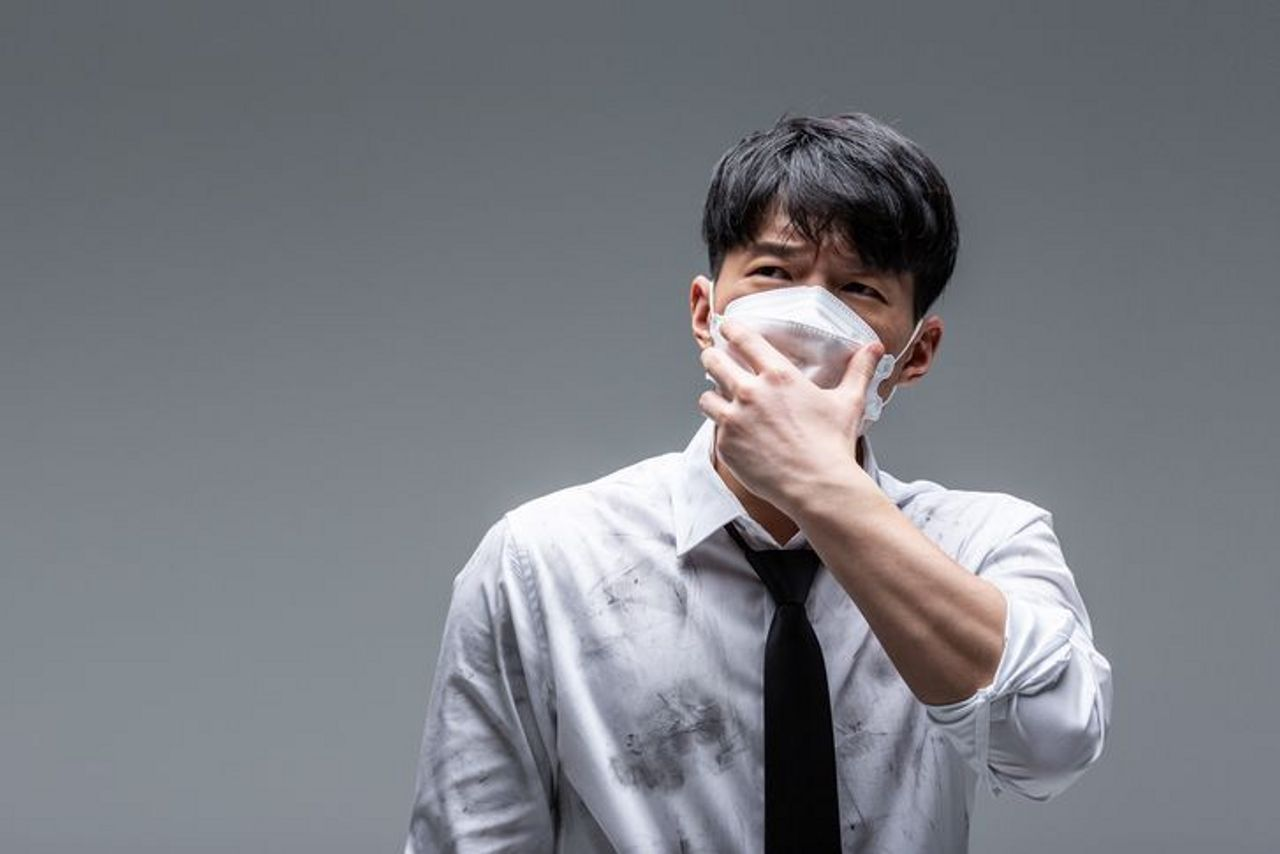
Lots of people probably are comparing today's epidemic with that of MERS in 2015 and wondering if Korea has not learned its lessons with dealing with contagions as such.
However, things are not the same. Korea has done an amazing job in determining paths of confirmed cases, carrying out large-scale disinfections and inspections, and financial support of quarantined individuals and affected business owners.
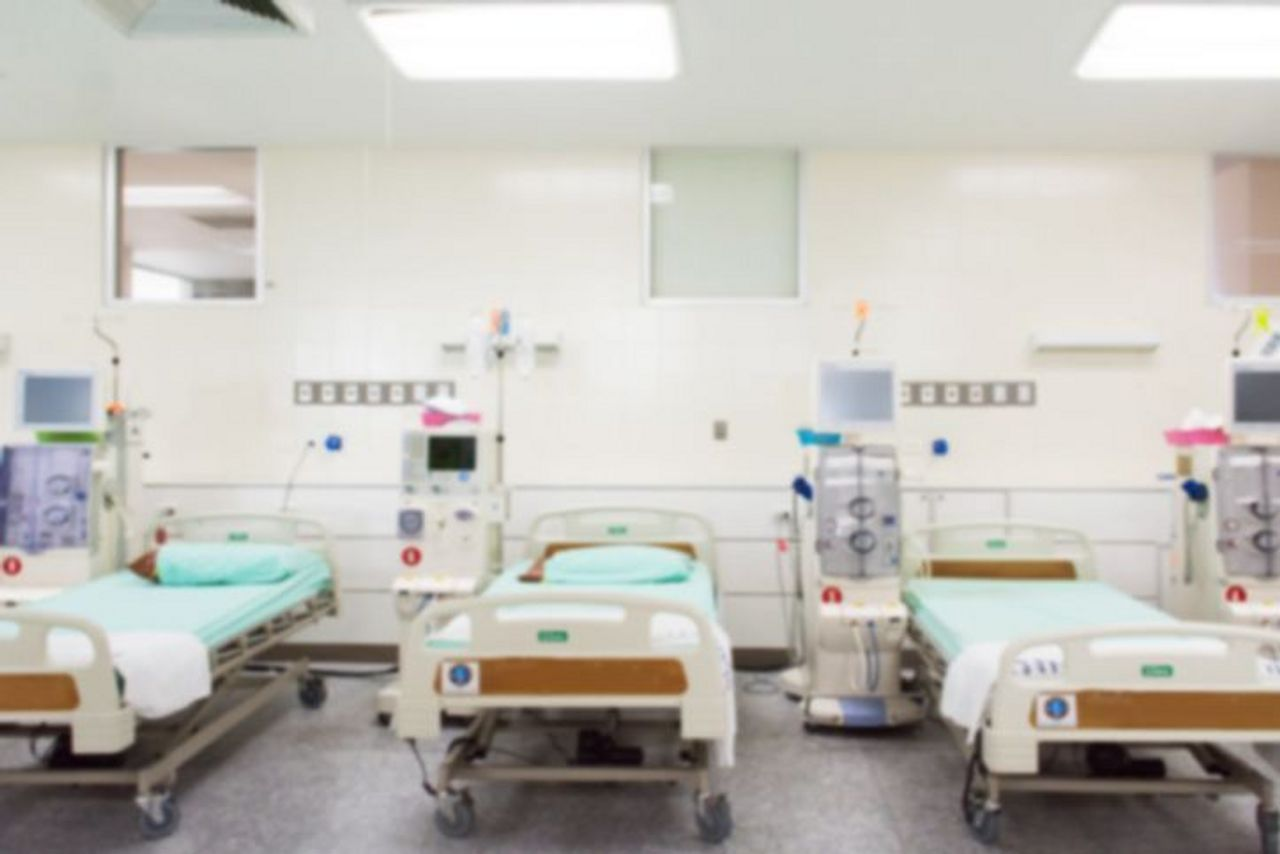
Most locals can be seen wearing masks and taking preventative measures, showing improvements from MERS of 2015.
In addition, the protection of medical staff has been successful as seen by drive-through testings carried out here where those being tested don't need to leave the car, further preventing cross-infections.
Did Korea's culture of sharing food make it worse?

Foreign media have pointed out that the large outbreak was caused due to Korea's culture of sharing food. Many Koreans are angry about this coverage.
"The problem is Shincheonji's selfishness, not because of the food culture," said many Koreans. The shared food culture comes from the concept of woori, meaning we, and goes to show how important sharing food within a family or a community is.
Although Korea's sharing food culture may seem unhygienic, it's not the main reason for the huge outbreak. Rather, it's Shincheonji concealing critical information regarding COVID-19 and spreading the disease as a result. Korea screens patients thoroughly regardless of levels of symptoms, resulting in the second-highest number of confirmed cases in the world today.
What did you think of Korea's way of dealing with the epidemic? Do you think it's a bit reassuring that the number is so high here? If you have questions or comments, leave them down below.

